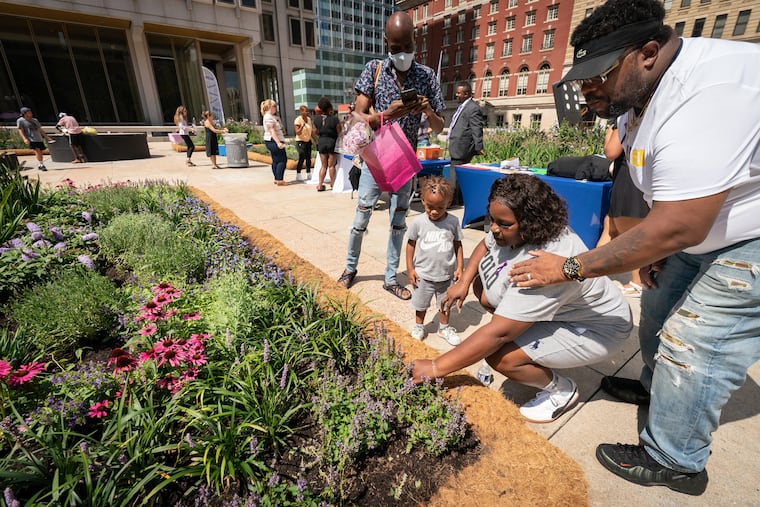Four takeaways from The Inquirer’s analysis of the Philly overdose crisis
Health officials and advocates say the changing demographics of the crisis only underscore the need for more comprehensive measures to combat the death toll.

An Inquirer analysis of overdose deaths in the Philadelphia region shows how the racial demographics of the city’s overdose crisis are changing.
Black Philadelphians are seeing massive rises in drug-related deaths, while overdose deaths among white Philadelphians are decreasing. Health officials and advocates say the situation only underscores the need for more comprehensive measures to combat the death toll ― especially in communities where measures to help reduce the harm are still scarce.
The Inquirer reviewed data from the Centers for Disease Control and Prevention on deadly overdoses since 2018 in Pennsylvania and New Jersey. Here are four takeaways from The Inquirer’s findings:
» READ MORE: Overdoses are killing a record number of Philadelphians as deaths soar among Black residents
1. White and Black people are now dying of overdoses at roughly equal rates in Philadelphia.
Overdose deaths among Black Philadelphians have risen by 70% since 2018, and deaths among white residents have declined slightly by 9%. The city joins other parts of Pennsylvania in seeing sharp increases in the rate of Black residents dying of overdoses, which is also a trend playing out nationally.
Every year for the past three years, overdoses among Black residents in Philadelphia have spiked higher — 312 people died in 2018, followed by 372 deaths in 2019, a rise of nearly 20% in a year.
By 2021, the death rate among Black residents had soared to 532 people in a year. That year, white and Black Philadelphians had about the same risk of overdose. Outside of Philadelphia, however, Black residents have seen higher rates of overdoses than their white counterparts for about three years.
2. Black Philadelphians dying of overdose deaths are typically older than their white counterparts.
In the local Black community, most overdose deaths are occurring in an older population between the ages of 45 and 64.
By contrast, most of the 452 overdose deaths among white city residents in 2021 involved people younger than 45.
3. The rise in stimulant-related overdose deaths shows how crucial it is to expand outreach to people who aren’t used to taking opioids, officials say.
While fentanyl, the powerful synthetic opioid, is driving the vast majority of Philadelphia’s overdoses, more Philadelphians are dying with stimulants like cocaine and methamphetamine in their systems, said Zoe Soslow, the central administrator for OD Stat, a health department program that monitors overdoses in the city.
In Philadelphia, many stimulant-only deaths are compounded by other health problems, like cardiovascular issues, hypertension, and kidney failure. “For people who use stimulants, harm reduction is often preventative health care,” Soslow said.
4. Around the Philadelphia region, overdose death trends differ by county.
The crisis is most pronounced in Philadelphia, where 1,276 deaths in 2021 accounted for about a quarter of all Pennsylvania overdose deaths, according to the state’s data. (City health officials have yet to finalize their exact data on overdoses in 2021, but said state numbers were in line with their expected final total.)
Bucks, Delaware, Montgomery, Chester, and Gloucester counties all saw slight decreases in the rate of overdose deaths in 2021 when compared to 2020; Camden and Burlington counties saw increases in that timeframe.